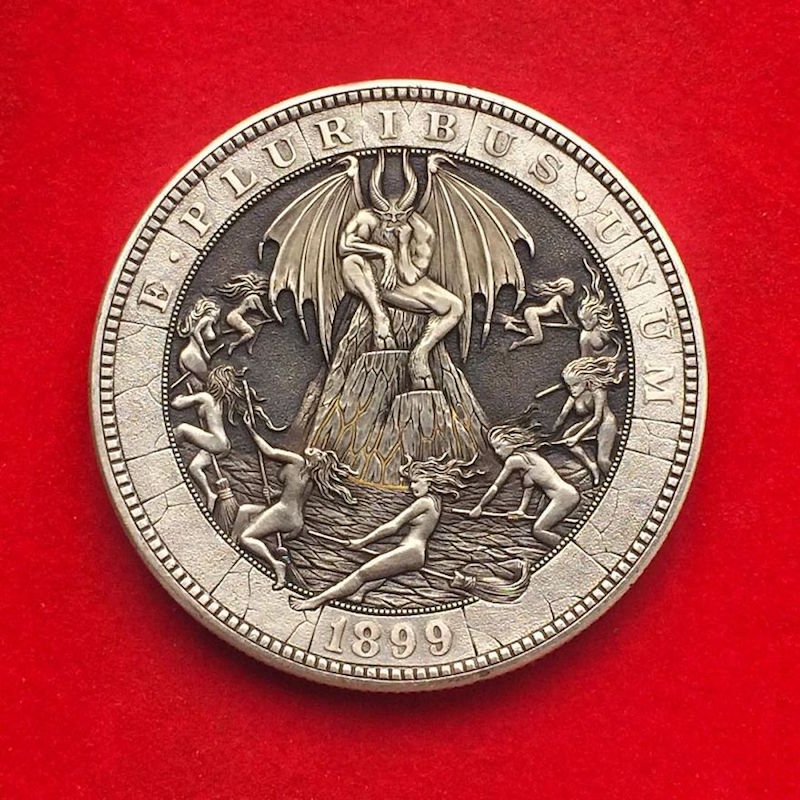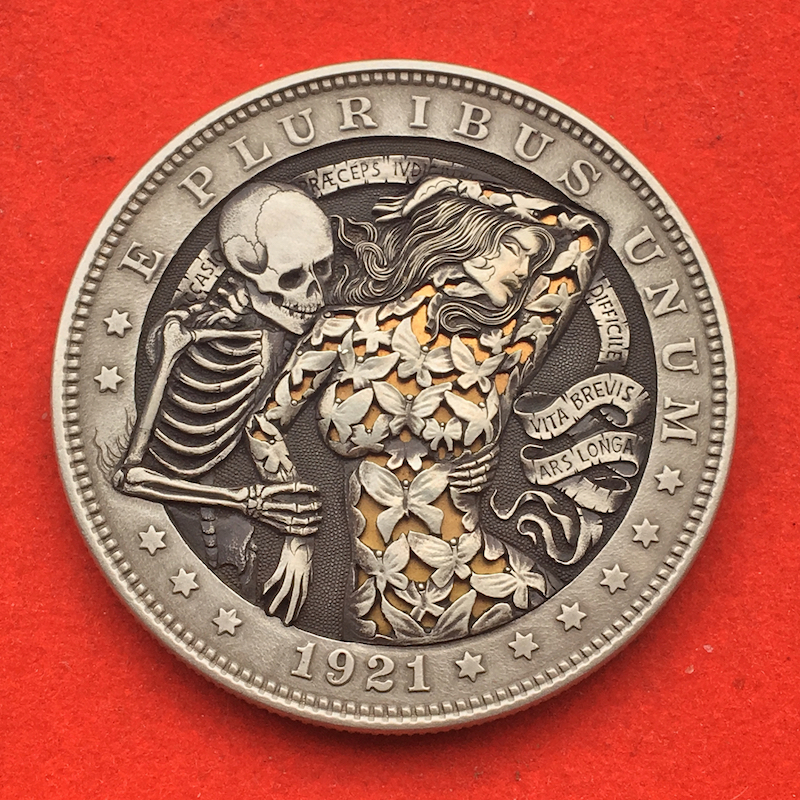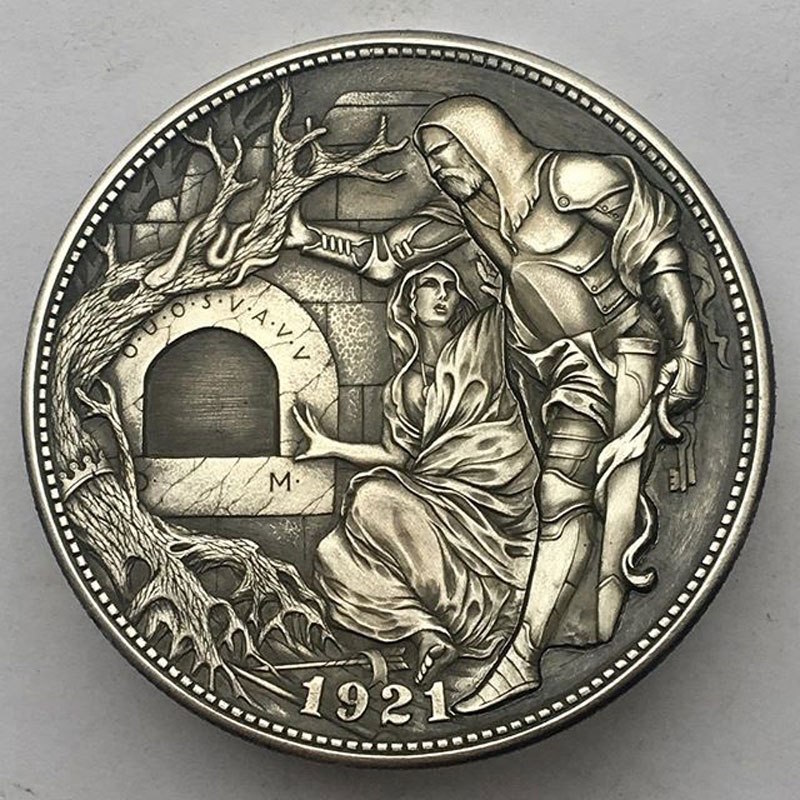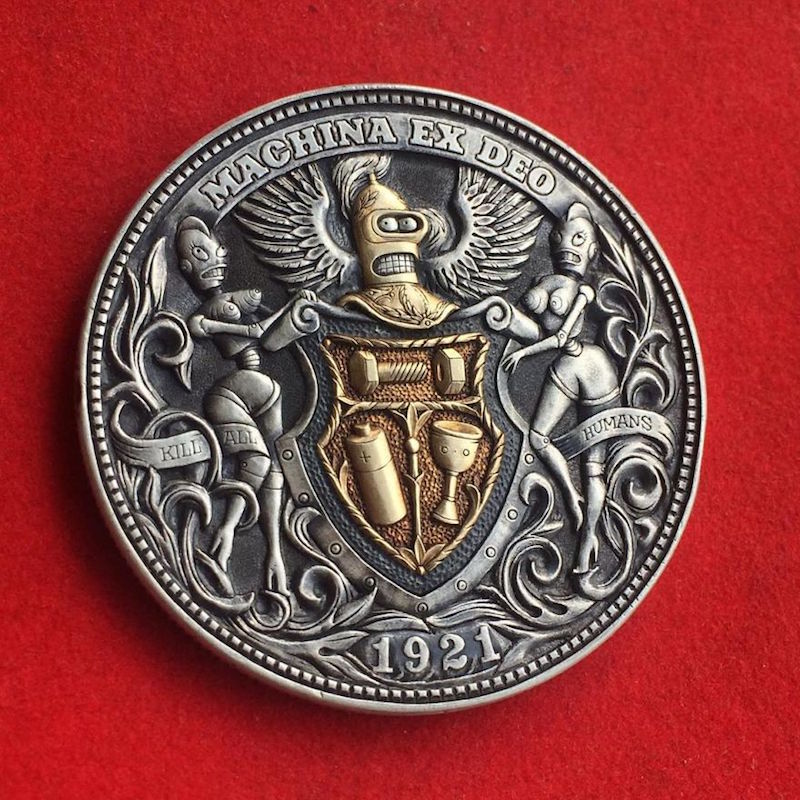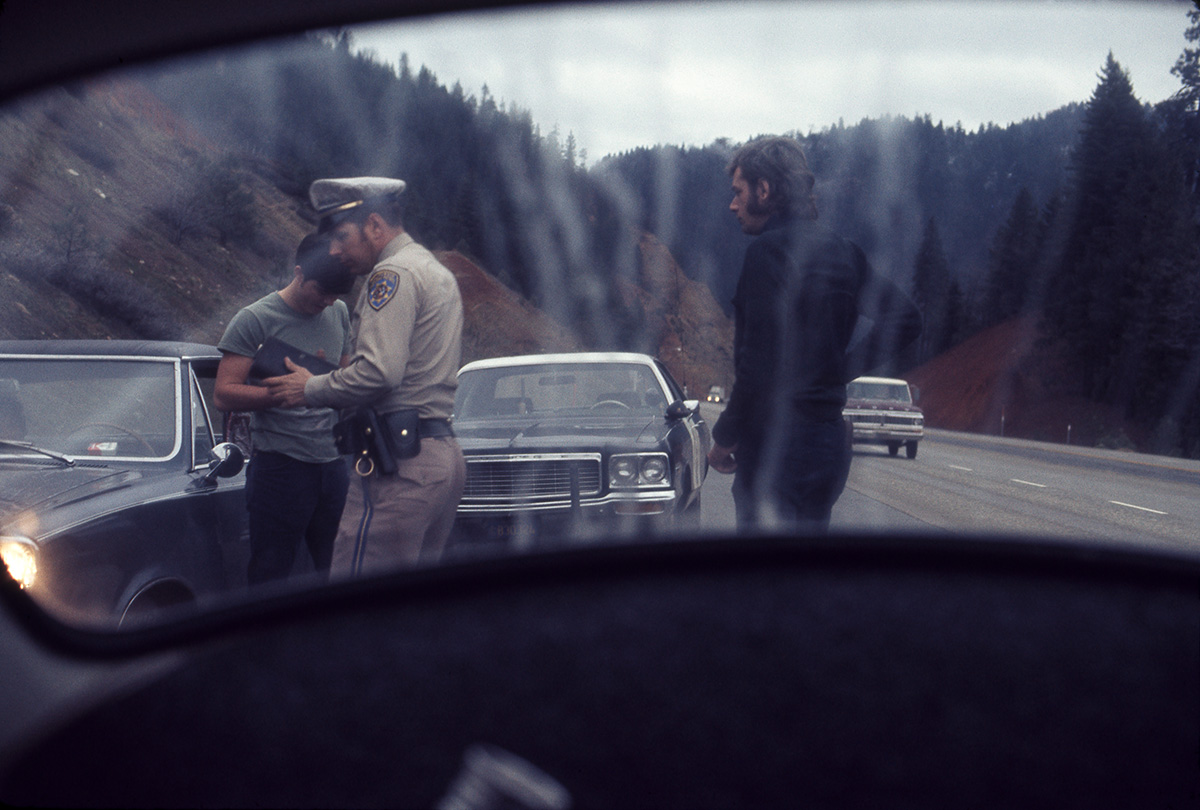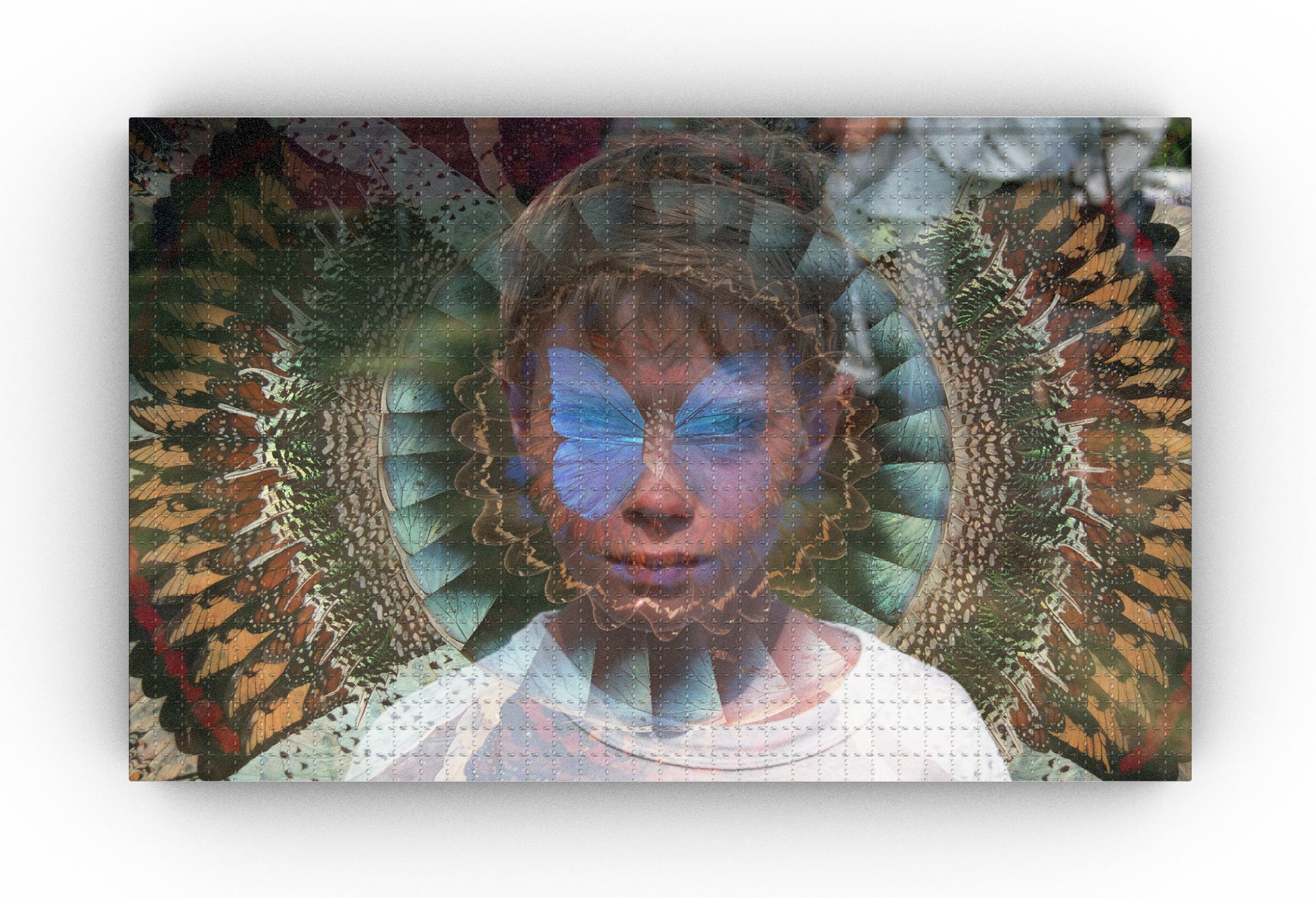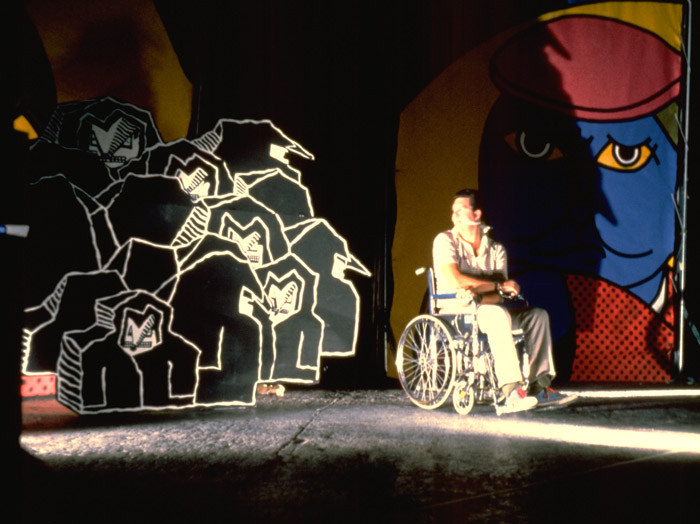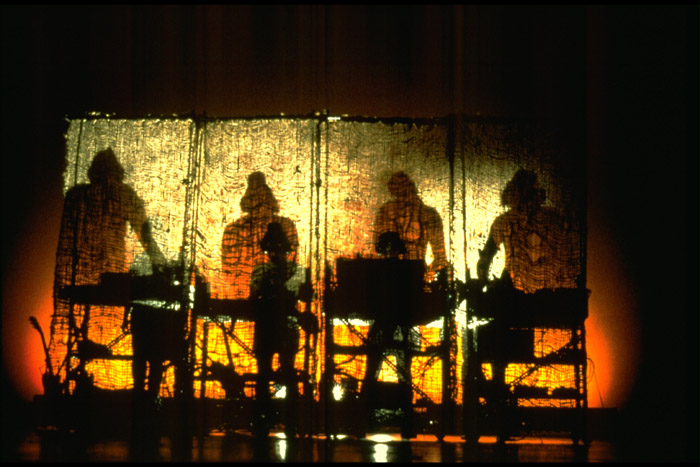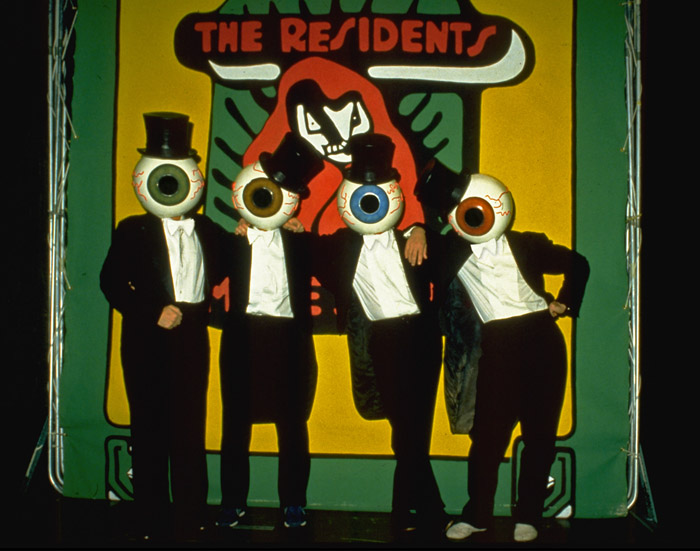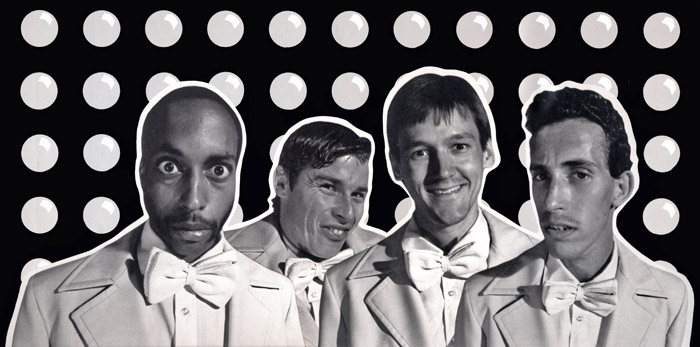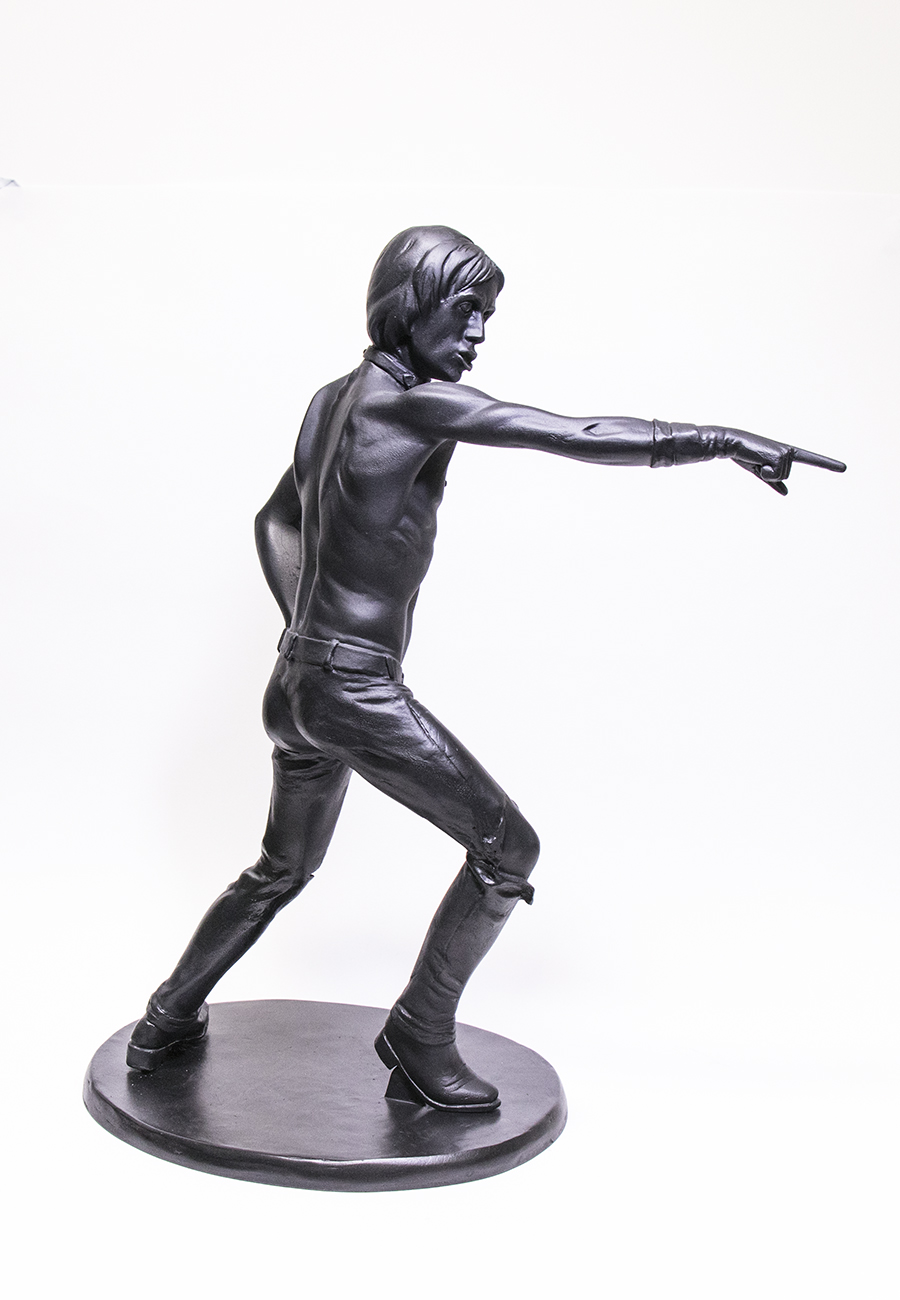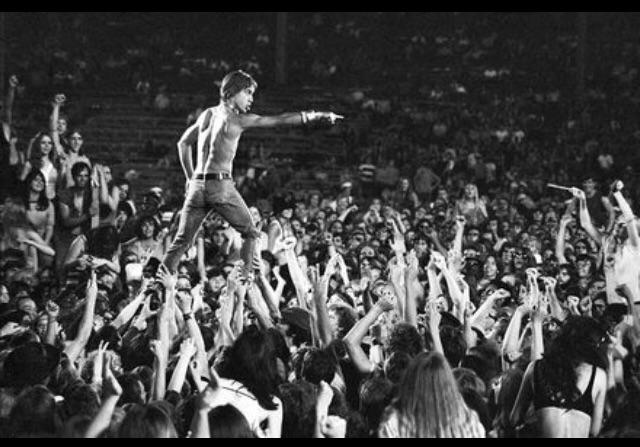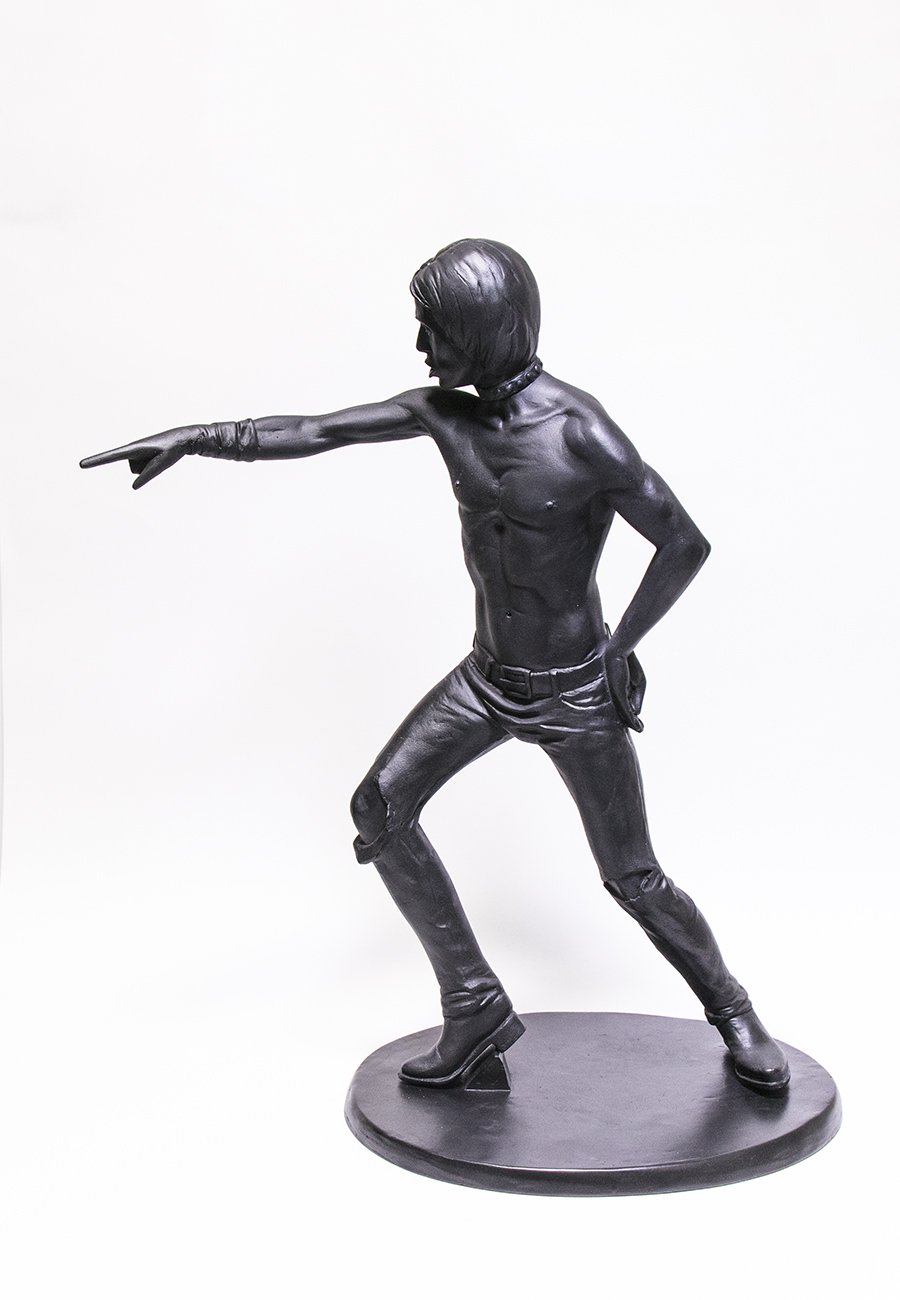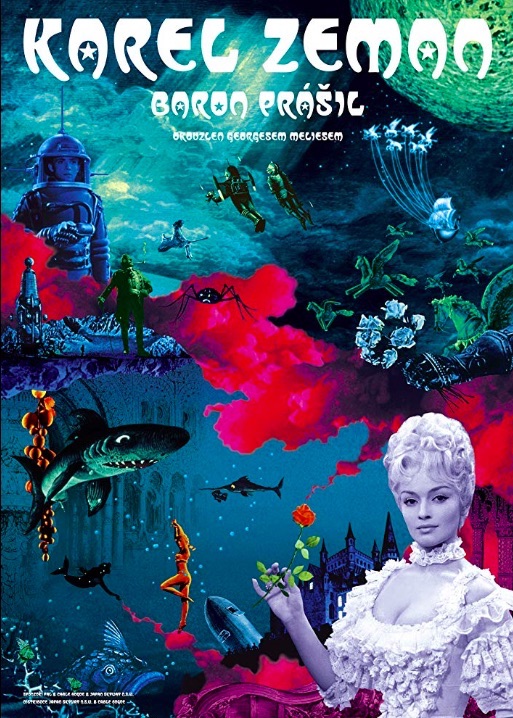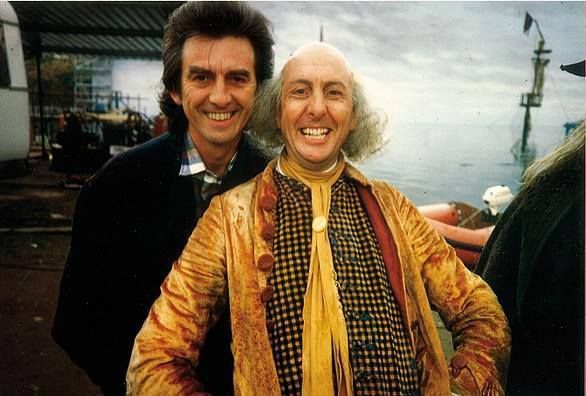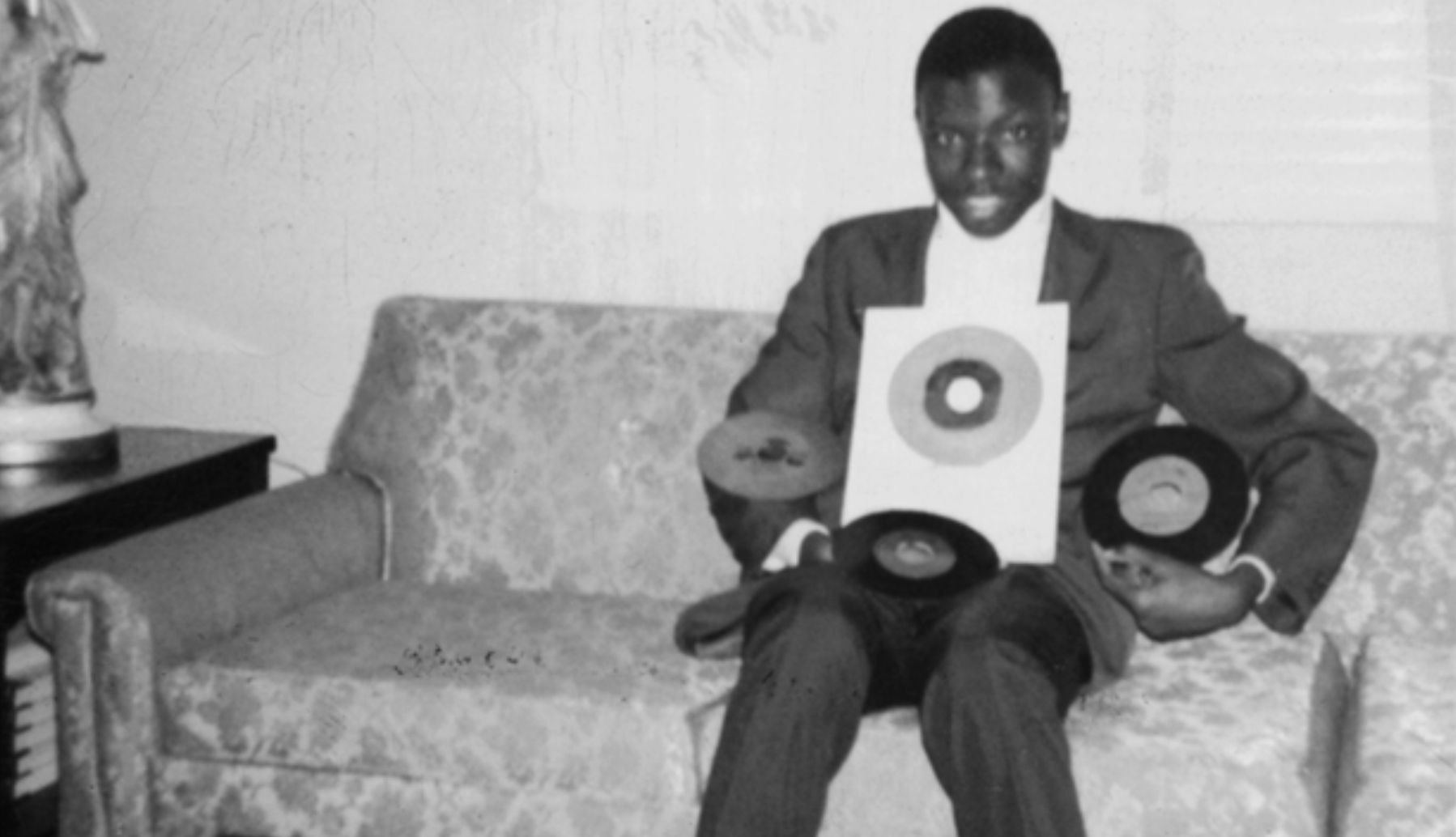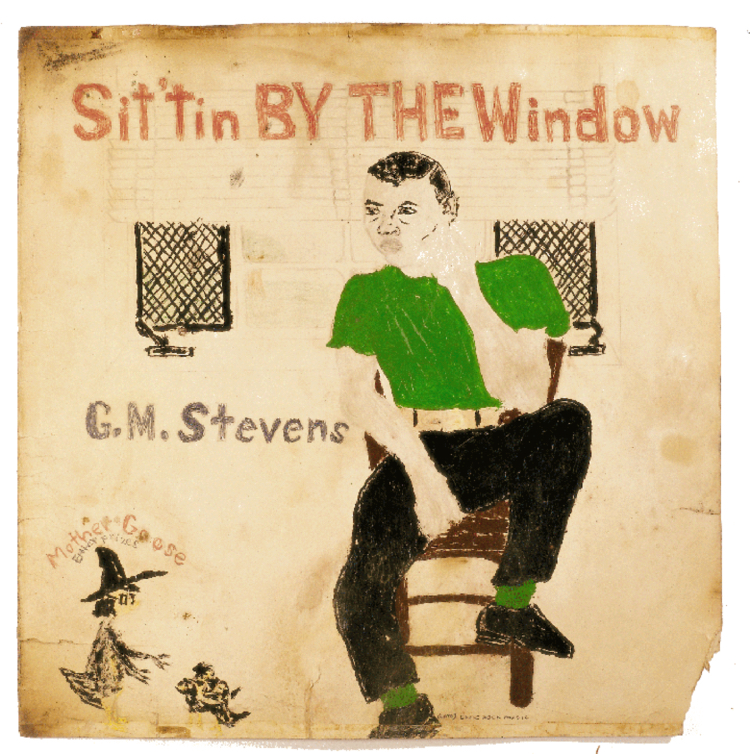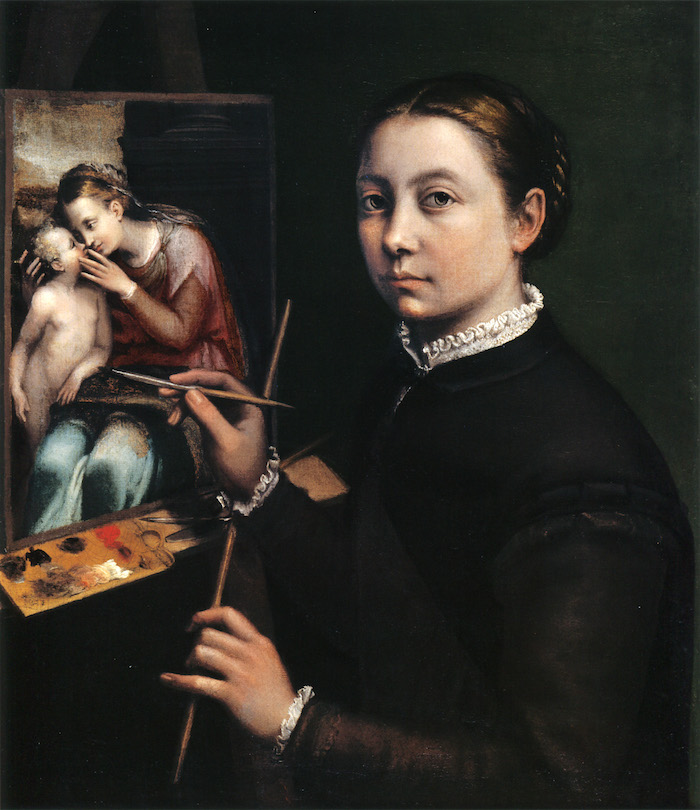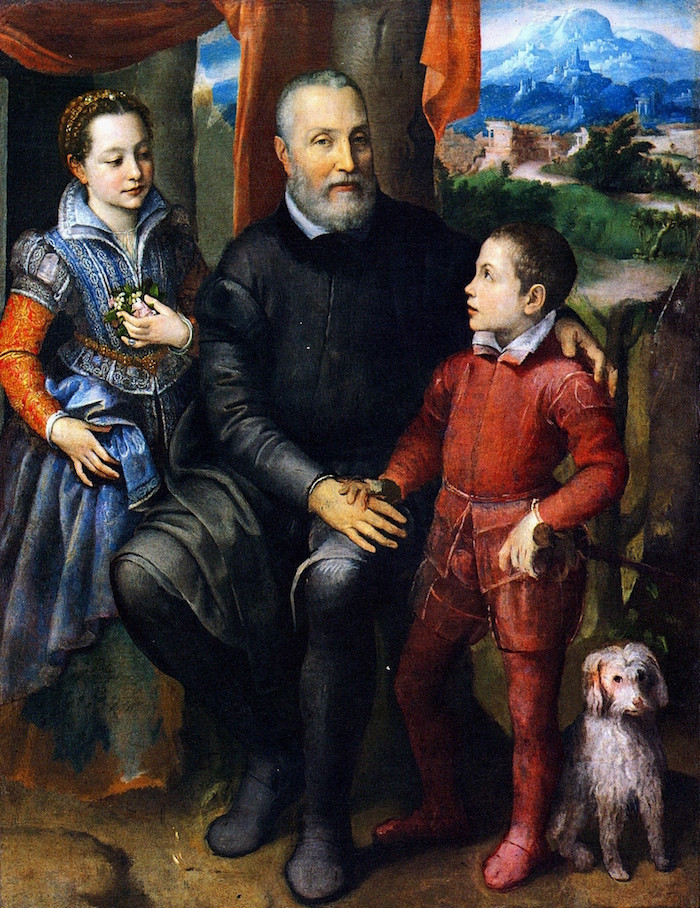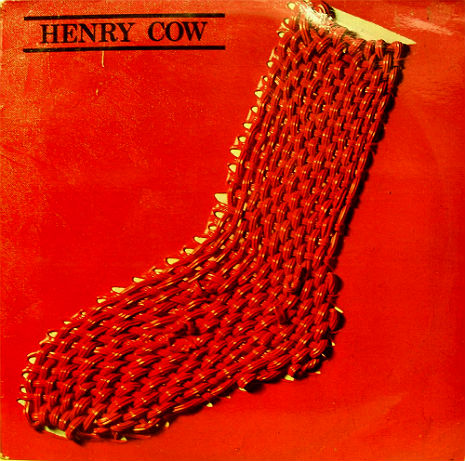
Henry Cow was one of the most distinctive (okay, difficult) of England’s ‘70s prog-rock groups. They are impossible to categorize and are totally an acquired taste, but once you “get” their music, you come to see how Henry Cow fills in several boxes of the “everything that can possibly be done with the popular music artform” grid all on their lonesome. If you’re a Zappa-head or a Sun Ra fan then Henry Cow might be up your street.
For about three years in the late ‘70s, I saw the same Henry Cow album, In Praise of Learning , sitting pricey and unsold in the “Imports” bin of a Musicland store in a St. Clairsville, Ohio shopping mall, where artists like X-Ray Spex, Renaissance, Suzi Quatro, New York Dolls, King Crimson, the Velvet Underground, Fairport Convention, The Damned, Tangerine Dream, Nektar, Klaus Schulze, John Cale, The Stooges, Gentle Giant, Magma, Gong, and The Sweet were all placed in the context of a catchall “foreign music”/out of print in America/expensive category. “Imports” covered a lot of musical territory, even bringing In Praise of Learning to a town where not one single, solitary person even cared.
, sitting pricey and unsold in the “Imports” bin of a Musicland store in a St. Clairsville, Ohio shopping mall, where artists like X-Ray Spex, Renaissance, Suzi Quatro, New York Dolls, King Crimson, the Velvet Underground, Fairport Convention, The Damned, Tangerine Dream, Nektar, Klaus Schulze, John Cale, The Stooges, Gentle Giant, Magma, Gong, and The Sweet were all placed in the context of a catchall “foreign music”/out of print in America/expensive category. “Imports” covered a lot of musical territory, even bringing In Praise of Learning to a town where not one single, solitary person even cared.
There was a quote on the back, from the Scottish filmmaker who coined the term “documentary,” John Grierson: “Art is not a mirror – it is a hammer.” The lyrics seemed smart and mysterious, and I wanted to understand them.
One of the clerks there told me, “If you’re into groups like Genesis and Yes, Henry Cow is supposed to be like a weirder version of that.” I don’t think he’d ever heard them either—the record was still sealed—but that was sort of their reputation.
Despite the fact that I loathed both Yes and Genesis, it was that quote, “Art is not a mirror – it is a hammer” that eventually made me so curious about what was going on in the mysterious grooves of that record, that I finally succumbed and bought it. I think I paid $12 for it at a time when domestic LPs cost around $5.98 list.
I fucking hated it. The cool Marxist lyrics aside, it did nothing for me, but then again, I doubt that the band members of Henry Cow were sitting around in 1975 thinking “Hmmm, you know, how do make our unorthodox experimental music appeal to a teenage dickhead living in rural West Virginia?”
It would take several years, in fact, before I ever listened to In Praise of Learning again, after those first few bewildered spins, and then I began to appreciate the sheer bloody-mindedness of what these musicians were trying to do. Eventually I got really obsessed by it, especially the song performed in the clip below.
again, after those first few bewildered spins, and then I began to appreciate the sheer bloody-mindedness of what these musicians were trying to do. Eventually I got really obsessed by it, especially the song performed in the clip below.
It’s not an album I pull out often. Would I ever, say, decide to listen to In Praise of Learning in the car? Well, no probably not. If you ask me, the way to appreciate Henry Cow, if you are approaching this work for the first time, is to look at them as a group of Marxist poets creating together. It’s certainly musical, but there is an “extra-musical” component that I appreciate about In Praise of Learning, especially in the epic polemic, “Living in the Heart of the Beast,” with lyrics by Tim Hodgkinson:
Situation that rules your world (despite all you’ve said)
I would strike against it but the rule displaces…
There I burn in my own lights fuelled with flags torn out
of books, and histories of marching together…
United with heroes, we were the rage, the fire.
But I was given a different destiny - knotted in closer despair.
Calling to heroes do you have to speak that way all the time ?
Tales told by idiots in paperbacks; a play of forms
to spite my fabulous need to fight and live.
We exchange words, coins, movements - paralysed in loops
of care that we hoped could knot a world still.
Sere words, toothless, ruined now, bulldozed into brimming pits
- who has used them how? Grammar book that lies wasted :
conflux of voices rising to meet, and fall,
empty, divided, other…
Clutching at sleeves the wordless man exposes his failure :
smiling, he hurls a wine glass, describing his sadness twisted
into mere form : shattered in a glass, he’s changed…
How dare he seize the life before him and discompound it in
sulphurous confusion and give it to the air?
He’s rushing to find where there’s a word of liquid syntax
- signs let slip in a flash : “clothes of chaos are my rage !”
he shrieks in tatters, hunting the eye of his own storm.
We were born to serve you all our bloody lives
labouring tongues we give rise to soft lies :
disguised metaphors that keep us in a vast inverted silliness
twice edged with fear.
Twilight signs decompose us
High in offices we stared into the turning wheel of cities
dense and ravelled close yet separate : planned to kill all encounter.
Intricate we saw your state at work its shapes
abstracted from all human intent. With our history’s fire
we shall harrow your signs.
Now is the time to begin to go forward - advance from despair,
the darkness of solitary men - who are chained in a market they
cannot control - in the name of a freedom that hangs like a pall
on our cities. And their towers of silence we shall destroy.
Now is the time to begin to determine directions, refuse to admit
the existence of destiny’s rule. We shall seize from all heroes and
merchants our labour, our lives, and our practice of history: this,
our choice, defines the truth of all that we do.
Seize on the words that oppose us with alien force; they’re enslaved
by the power of capital’s kings who reduce them to coinage and
hollow exchange in the struggle to hold us, they’re bitterly
outlasting… Time to sweep them down from power
- deeds renew words.
Dare to take sides in the fight for freedom that is common cause
let us All be as strong and as resolute. We’re in the midst of
a universe turning in turmoil; of classes and armies of thought
making war - their contradictions clash and echo through time.
This was music made for the coming revolution that never came, but the artists involved successfully freed their heads. No, this music isn’t for everyone, but it’s heroic, man!
Below, Henry Cow: Georgina Born – bass guitar, cello; Lindsay Cooper – bassoon, oboe, recorder, sopranino saxophone, piccolo, piano; Chris Cutler – drums; Fred Frith – guitar, violin, xylophone, piano, tubular bells; Tim Hodgkinson – organ, alto saxophone, clarinet; Dagmar Krause – voice—performing “Living in the Heart of the Beast” in Vevey, Switzerland for the Swiss TV program Kaleidospop on August 25, 1976. The entire 75-minute concert can be found on Henry Cow’s 40th Anniversary Box Set .
.
Stay with it. Some of you might not be able to take it, but if you can go with it, by the end it will make total sense. Fred Frith’s guitar solo in the latter half is utterly mind-blowing and it’s amazing to watch Christ Cutler in action.
